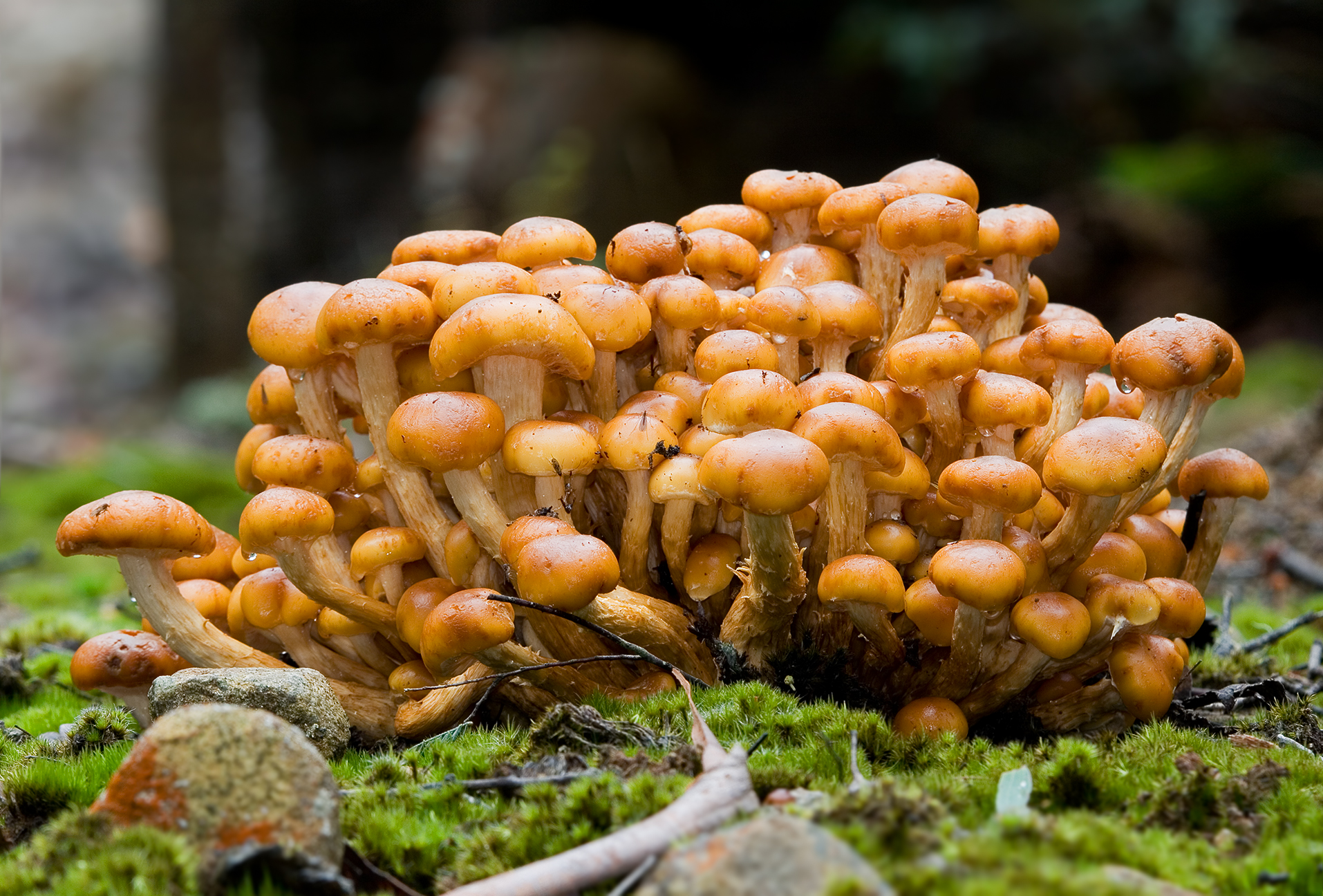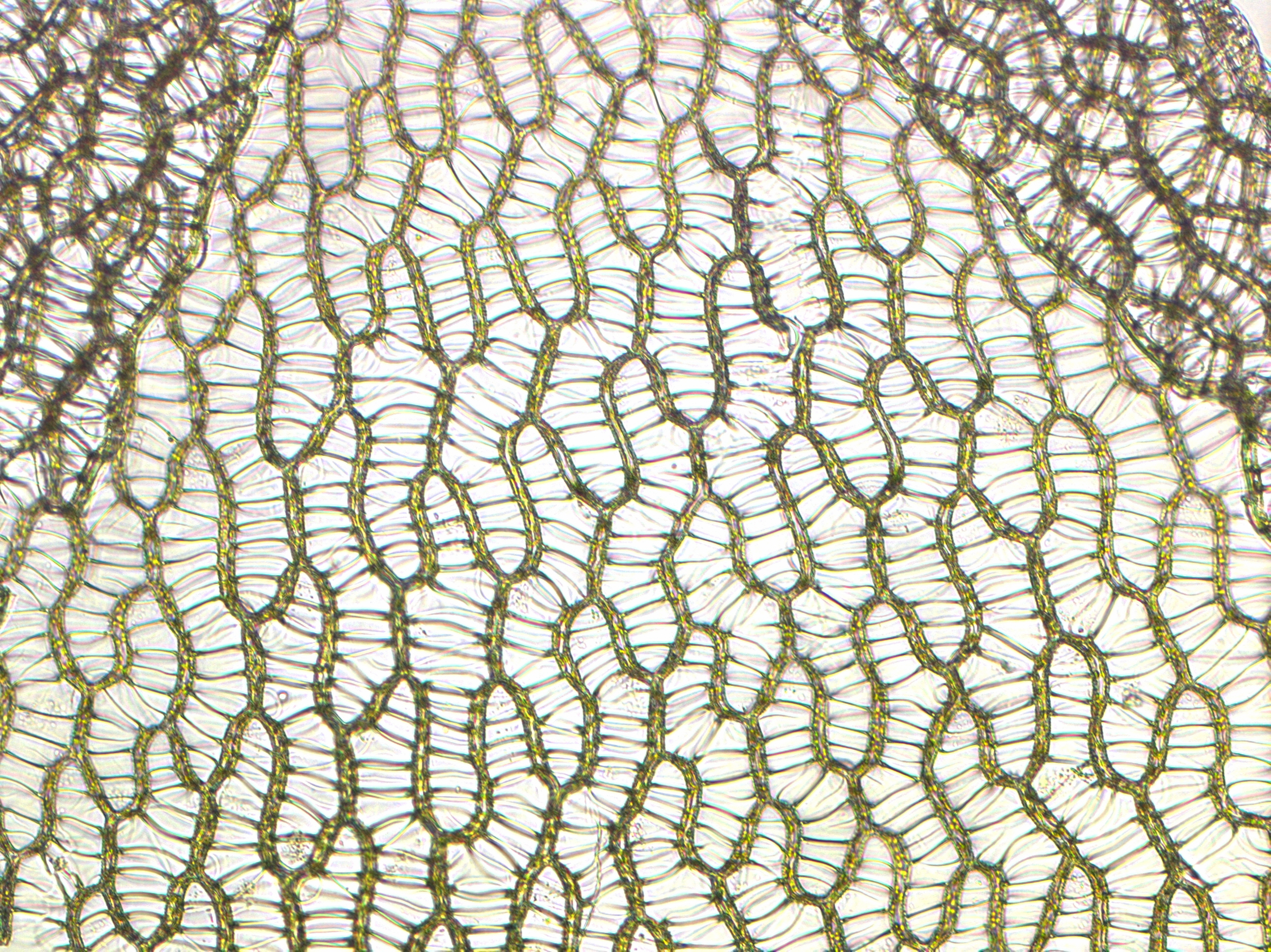|
Phaeonematoloma
''Phaeonematoloma'' is a small genus of slender, fleshy mushrooms in the family Strophariaceae with large, brownish spores with a germ pore and with conspicuous chrysocystidia. The genus has several assigned species but may be monotypic. The type species, ''Phaeonematoloma myosotis'', grows along the edges of bogs in peaty soils and sometimes amongst ''Sphagnum'' or other mosses. This type species has been classified in ''Pholiota'', ''Flammula'', and in ''Hypholoma'' or the latter's synonymous generic name, ''Nematoloma'', from which the generic name ''Phaeonematoloma'' is derived. Unlike ''Hypholoma'' (''Nematoloma''), ''Phaeonematoloma'' was originally partially differentiated by its brown spore print without the purplish colors of a "''Nematoloma''". Modern molecular evidence supports the recognition of ''Phaeonematoloma'' as an independent genus separate from ''Hypholoma'' and ''Pholiota ''Pholiota'' is a genus of small to medium-sized, fleshy mushrooms in the family Strop ... [...More Info...] [...Related Items...] OR: [Wikipedia] [Google] [Baidu] |
Strophariaceae
The Strophariaceae are a family of fungi in the order Agaricales. Under an older classification, the family covered 18 genera and 1316 species. The species of Strophariaceae have red-brown to dark brown spore prints, while the spores themselves are smooth and have an apical germ pore. These agarics are also characterized by having a cutis-type pileipellis. Ecologically, all species in this group are saprotrophs, growing on various kinds of decaying organic matter. The family was circumscribed in 1946 by mycologists Rolf Singer and Alexander H. Smith. Genera * The genus '' Stropharia'' mainly consists of medium to large agarics with a distinct membranous annulus. Spore-print color is generally medium to dark purple-brown, except for a few species with rusty-brown spores. There is a great deal of variation, however, since this group, as presently delimited, is polyphyletic. Members of the core clade of ''Stropharia'' are characterized by crystalline acanthocytes among the hy ... [...More Info...] [...Related Items...] OR: [Wikipedia] [Google] [Baidu] |
Pholiota
''Pholiota'' is a genus of small to medium-sized, fleshy mushrooms in the family Strophariaceae. They are saprobes that typically live on wood. The genus has a widespread distribution, especially in temperate regions, and contains about 150 species. ''Pholiota'' is derived from the Greek word ''pholis'', meaning "scale". Taxonomic details The genus ''Pholiota'' includes mushrooms, with scaly, glutinous to dry cap surfaces, and that frequently grow on wood or at the bases of trees or on decaying tree roots, and spores that are brown, light brown, or yellowish brown in deposit. These spores are smooth with a germ pore, although the germ pore can be quite narrow in species. Usually the species have pleurocystidia that include a type called chrysocystidia. There have been several varying concepts of the genus, ranging from a pre-molecular era very broad concept that nowadays would include the genera '' Phaeolepiota'', '' Phaeonematoloma'', '' Flammula'', '' Meottomyces'', some ... [...More Info...] [...Related Items...] OR: [Wikipedia] [Google] [Baidu] |
Fungi
A fungus (plural, : fungi or funguses) is any member of the group of Eukaryote, eukaryotic organisms that includes microorganisms such as yeasts and Mold (fungus), molds, as well as the more familiar mushrooms. These organisms are classified as a Kingdom (biology), kingdom, separately from the other eukaryotic kingdoms, which by one traditional classification include Plantae, Animalia, Protozoa, and Chromista. A characteristic that places fungi in a different kingdom from plants, bacteria, and some protists is chitin in their cell walls. Fungi, like animals, are heterotrophs; they acquire their food by absorbing dissolved molecules, typically by secreting digestive enzymes into their environment. Fungi do not photosynthesize. Growth is their means of motility, mobility, except for spores (a few of which are flagellated), which may travel through the air or water. Fungi are the principal decomposers in ecological systems. These and other differences place fungi in a single gro ... [...More Info...] [...Related Items...] OR: [Wikipedia] [Google] [Baidu] |
Monotypic
In biology, a monotypic taxon is a taxonomic group (taxon) that contains only one immediately subordinate taxon. A monotypic species is one that does not include subspecies or smaller, infraspecific taxa. In the case of genera, the term "unispecific" or "monospecific" is sometimes preferred. In botanical nomenclature, a monotypic genus is a genus in the special case where a genus and a single species are simultaneously described. In contrast, an oligotypic taxon contains more than one but only a very few subordinate taxa. Examples Just as the term ''monotypic'' is used to describe a taxon including only one subdivision, the contained taxon can also be referred to as monotypic within the higher-level taxon, e.g. a genus monotypic within a family. Some examples of monotypic groups are: Plants * In the order Amborellales, there is only one family, Amborellaceae and there is only one genus, '' Amborella'', and in this genus there is only one species, namely ''Amborella trichopoda.' ... [...More Info...] [...Related Items...] OR: [Wikipedia] [Google] [Baidu] |
Bogbodia
''Bogbodia'' is a bog-inhabiting agaric fungal genus that colonizes peat and ''Sphagnum'' and produces tan-colored fruit bodies. The only species in the genus is ''Bogbodia uda''. Characteristically it forms chrysocystidia and rather large, finely roughened, violaceous basidiospores each with a poorly defined germ pore. The genus differs from ''Hypholoma'' which has smaller, smooth basidiospores and typically have cespitose fruit bodies and decay wood. Phylogenetically, ''Bogbodia'' is distinct from ''Hypholoma'', ''Pholiota'', and ''Leratiomyces''. Etymology The name ''Bogbodia'' alludes to the tan color and occurrence in northern peat bogs as do bog bodies A bog body is a human cadaver that has been naturally mummified in a peat bog. Such bodies, sometimes known as bog people, are both geographically and chronologically widespread, having been dated to between and the Second World War. Fischer .... References External links Mushroom Observer - ''Bogbodia uda'' {{Taxon ... [...More Info...] [...Related Items...] OR: [Wikipedia] [Google] [Baidu] |
Molecular Phylogenetics
Molecular phylogenetics () is the branch of phylogeny that analyzes genetic, hereditary molecular differences, predominantly in DNA sequences, to gain information on an organism's evolutionary relationships. From these analyses, it is possible to determine the processes by which diversity among species has been achieved. The result of a molecular phylogenetic analysis is expressed in a phylogenetic tree. Molecular phylogenetics is one aspect of molecular systematics, a broader term that also includes the use of molecular data in taxonomy and biogeography. Molecular phylogenetics and molecular evolution correlate. Molecular evolution is the process of selective changes (mutations) at a molecular level (genes, proteins, etc.) throughout various branches in the tree of life (evolution). Molecular phylogenetics makes inferences of the evolutionary relationships that arise due to molecular evolution and results in the construction of a phylogenetic tree. History The theoretical ... [...More Info...] [...Related Items...] OR: [Wikipedia] [Google] [Baidu] |
Spore Print
300px, Making a spore print of the mushroom ''Volvariella volvacea'' shown in composite: (photo lower half) mushroom cap laid on white and dark paper; (photo upper half) cap removed after 24 hours showing pinkish-tan spore print. A 3.5-centimeter glass slide placed in middle allows for examination of spore characteristics under a microscope. image:spore Print ID.gif, 300px, A printable chart to make a spore print and start identification The spore print is the powdery deposit obtained by allowing spores of a fungal sporocarp (fungi), fruit body to fall onto a surface underneath. It is an important diagnostic character in most handbooks for identifying mushrooms. It shows the colour of the mushroom spores if viewed en masse. Method A spore print is made by placing the spore-producing surface flat on a sheet of dark and white paper or on a sheet of clear, stiff plastic, which facilitates moving the spore print to a darker or lighter surface for improved contrast; for example, i ... [...More Info...] [...Related Items...] OR: [Wikipedia] [Google] [Baidu] |
Synonym (biology)
The Botanical and Zoological Codes of nomenclature treat the concept of synonymy differently. * In botanical nomenclature, a synonym is a scientific name that applies to a taxon that (now) goes by a different scientific name. For example, Linnaeus was the first to give a scientific name (under the currently used system of scientific nomenclature) to the Norway spruce, which he called ''Pinus abies''. This name is no longer in use, so it is now a synonym of the current scientific name, ''Picea abies''. * In zoology, moving a species from one genus to another results in a different binomen, but the name is considered an alternative combination rather than a synonym. The concept of synonymy in zoology is reserved for two names at the same rank that refers to a taxon at that rank - for example, the name ''Papilio prorsa'' Linnaeus, 1758 is a junior synonym of ''Papilio levana'' Linnaeus, 1758, being names for different seasonal forms of the species now referred to as ''Araschnia lev ... [...More Info...] [...Related Items...] OR: [Wikipedia] [Google] [Baidu] |
Hypholoma
''Hypholoma'' is a genus of fungi which are quite well known due to the commonness of sulphur tuft (''Hypholoma fasciculare'') on stumps in temperate woodlands. Species in this genus are easily recognizable because the dark spores create a distinctive greenish effect on the yellow cap underside. ''Hypholoma'' means "mushrooms with threads" because of the thread-like veil that connects the cap to the stem when young and for the bundles of rhizomorphs which radiate outwards from the stem base.Paul Stamets''Growing gourmet and medicinal mushrooms'' p. 239, Ten Speed Press, 3rd ed. (2000), Other well-known species are '' H. capnoides'' and '' H. lateritium''. Synonyms Sometimes ''Hypholoma'' has not been considered a genus in its own right, but it has been grouped together with ''Stropharia The genus ''Stropharia'' (sometimes known by the common name roundheads) is a group of medium to large agarics with a distinct membranous ring on the stipe. Well-known membe ... [...More Info...] [...Related Items...] OR: [Wikipedia] [Google] [Baidu] |
Flammula
''Flammula'' is a dark brown-spored genus of mushrooms that cause a decay of trees, on whose bases they often fruit, forming clusters of yellowish brown mushrooms. Taxonomy For nearly a century, ''Flammula'' was considered to be a synonym of ''Pholiota'', a mushroom genus in the Strophariaceae. Molecular analysis placed it outside of the Strophariaceae and specifically in the Hymenogastraceae The Hymenogastraceae is a family of fungi in the order Agaricales with both agaric and false- truffle shaped fruitbodies. Formerly, prior to molecular analyses, the family was restricted to the false-truffle genera. The mushroom genus ''Psilocy .... As a distinct genus, the name ''Flammula'' is currently used. References Hymenogastraceae Taxa named by Elias Magnus Fries {{Hymenogastraceae-stub ... [...More Info...] [...Related Items...] OR: [Wikipedia] [Google] [Baidu] |
Sphagnum
''Sphagnum'' is a genus of approximately 380 accepted species of mosses, commonly known as sphagnum moss, peat moss, also bog moss and quacker moss (although that term is also sometimes used for peat). Accumulations of ''Sphagnum'' can store water, since both living and dead plants can hold large quantities of water inside their cells; plants may hold 16 to 26 times as much water as their dry weight, depending on the species.Bold, H. C. 1967. Morphology of Plants. second ed. Harper and Row, New York. p. 225-229. The empty cells help retain water in drier conditions. As sphagnum moss grows, it can slowly spread into drier conditions, forming larger mires, both raised bogs and blanket bogs. Thus, sphagnum can influence the composition of such habitats, with some describing sphagnum as 'habitat manipulators'. These peat accumulations then provide habitat for a wide array of peatland plants, including sedges and ericaceous shrubs, as well as orchids and carnivorous plants.Keddy, ... [...More Info...] [...Related Items...] OR: [Wikipedia] [Google] [Baidu] |
Type Species
In zoological nomenclature, a type species (''species typica'') is the species name with which the name of a genus or subgenus is considered to be permanently taxonomically associated, i.e., the species that contains the biological type specimen(s). Article 67.1 A similar concept is used for suprageneric groups and called a type genus. In botanical nomenclature, these terms have no formal standing under the code of nomenclature, but are sometimes borrowed from zoological nomenclature. In botany, the type of a genus name is a specimen (or, rarely, an illustration) which is also the type of a species name. The species name that has that type can also be referred to as the type of the genus name. Names of genus and family ranks, the various subdivisions of those ranks, and some higher-rank names based on genus names, have such types. [...More Info...] [...Related Items...] OR: [Wikipedia] [Google] [Baidu] |





_(2).jpg)